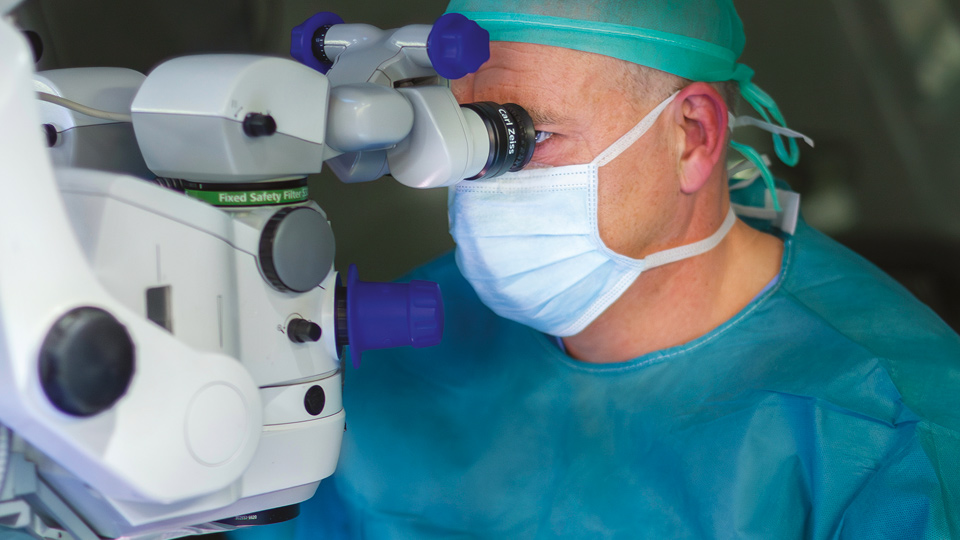All about the skin around the eyes and “drooping” eyelids
04/04/2025

14/03/2025
The initial treatment for glaucoma typically focuses on medication or laser-assisted procedures. However, in advanced or refractory cases, surgery becomes an essential option. There are various surgical techniques available to manage glaucoma, each designed to lower intraocular pressure (IOP), the primary modifiable risk factor for this disease.
In recent years, less invasive techniques known as MIGS (minimally invasive glaucoma surgery) have been developed. These involve devices designed to create additional drainage pathways or enhance the flow of aqueous humour within the eye’s natural channels. They are quick procedures with lower post-operative risks and shorter recovery times, although they are generally more suitable for mild to moderate glaucoma cases.
Filtration surgery (trabeculectomy and non-penetrating deep sclerectomy) is the most widely used technique for advanced and/or uncontrolled glaucoma. It involves creating a drainage channel inside the eye, allowing aqueous humour to exit and accumulate in a subconjunctival "bleb," where it is reabsorbed. This technique has proven effective in reducing IOP.
Drainage devices are small tubes that divert aqueous humour from inside the eye to an external reservoir implanted under the conjunctiva. They are a versatile option, particularly useful for complex glaucomas or cases where other surgical interventions have not yielded favourable results.
This technique uses laser energy to partially damage the ciliary body, reducing the production of aqueous humour. It is a useful option in severe cases where other surgical techniques are not considered viable.
The choice of surgical technique depends on the type of glaucoma, the condition of the eye, and the individual characteristics of each patient. While these surgical procedures can be highly effective, they do not eliminate the need for regular follow-up to prevent complications and preserve vision.
Dr Francisco Ruiz Tolosa, ophthalmologist at the Barraquer Ophthalmology Centre
El glaucoma es conocido como la patología ocular silenciosa ya que hasta estadios avanzados no presenta síntomas, haciendo complicada su detección y, por lo tanto, retrasando la aplicación de un tratamiento efectivo. Según la Organización Mundial de la Salud en el mundo existen unos 60 millones de personas que padecen esta patología irreversible del nervio óptico, cifra que puede seguir aumentando en los próximos años según las previsiones. En el último capítulo de este año hablamos sobre esta patología con el doctor Francisco Ruiz Tolosa, coordinador del departamento de glaucoma del Centro de Oftalmología Barraquer.